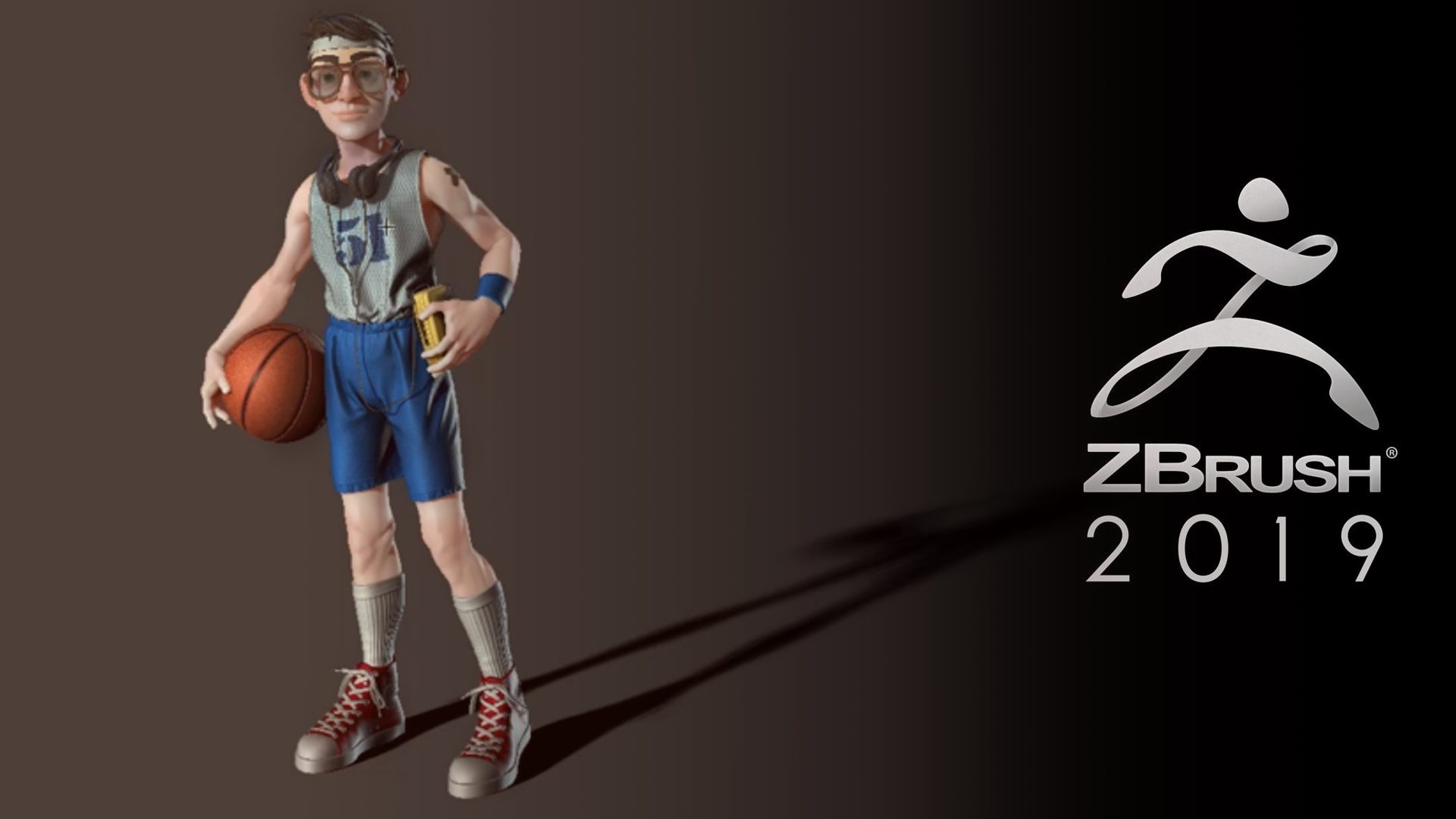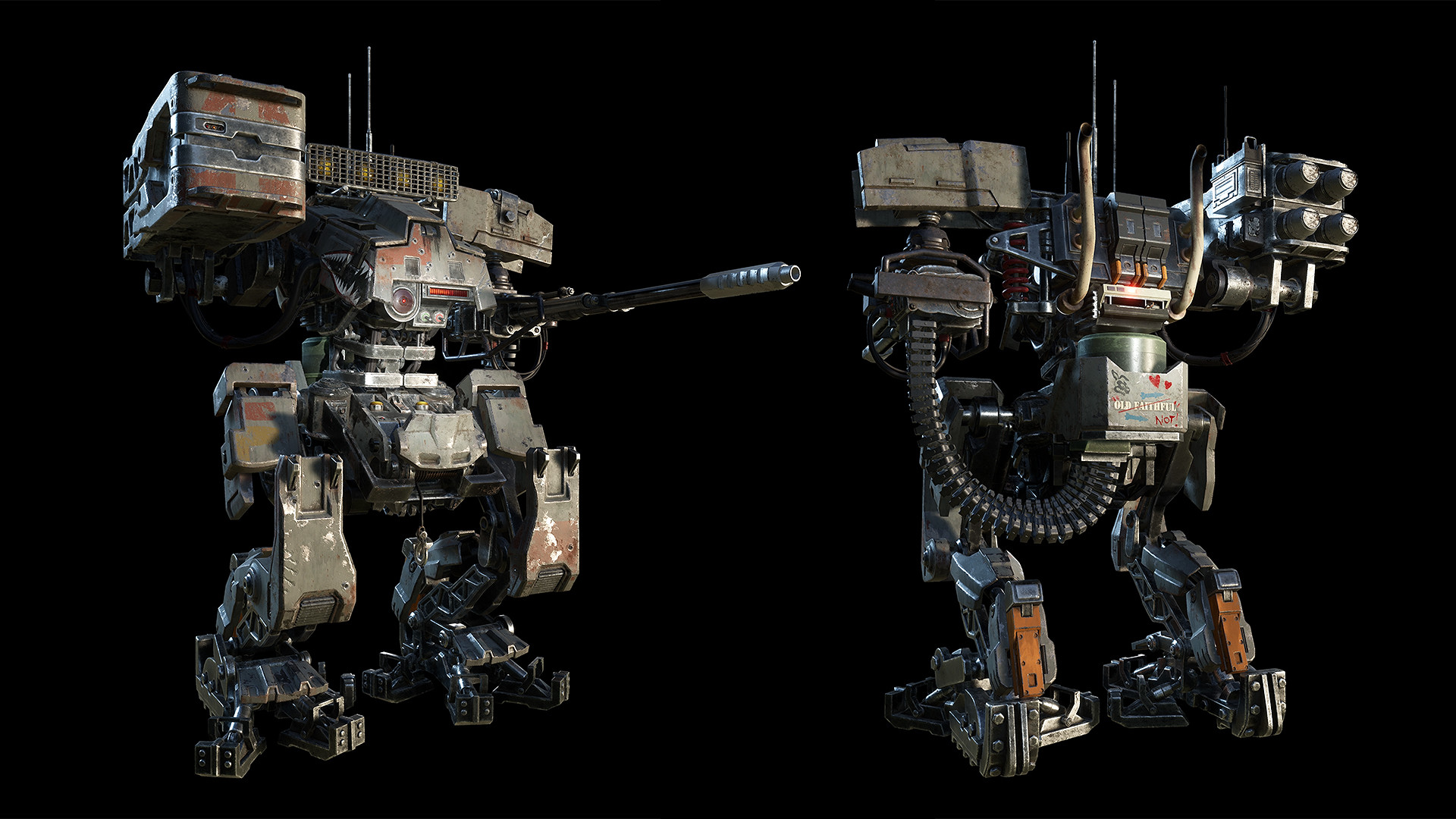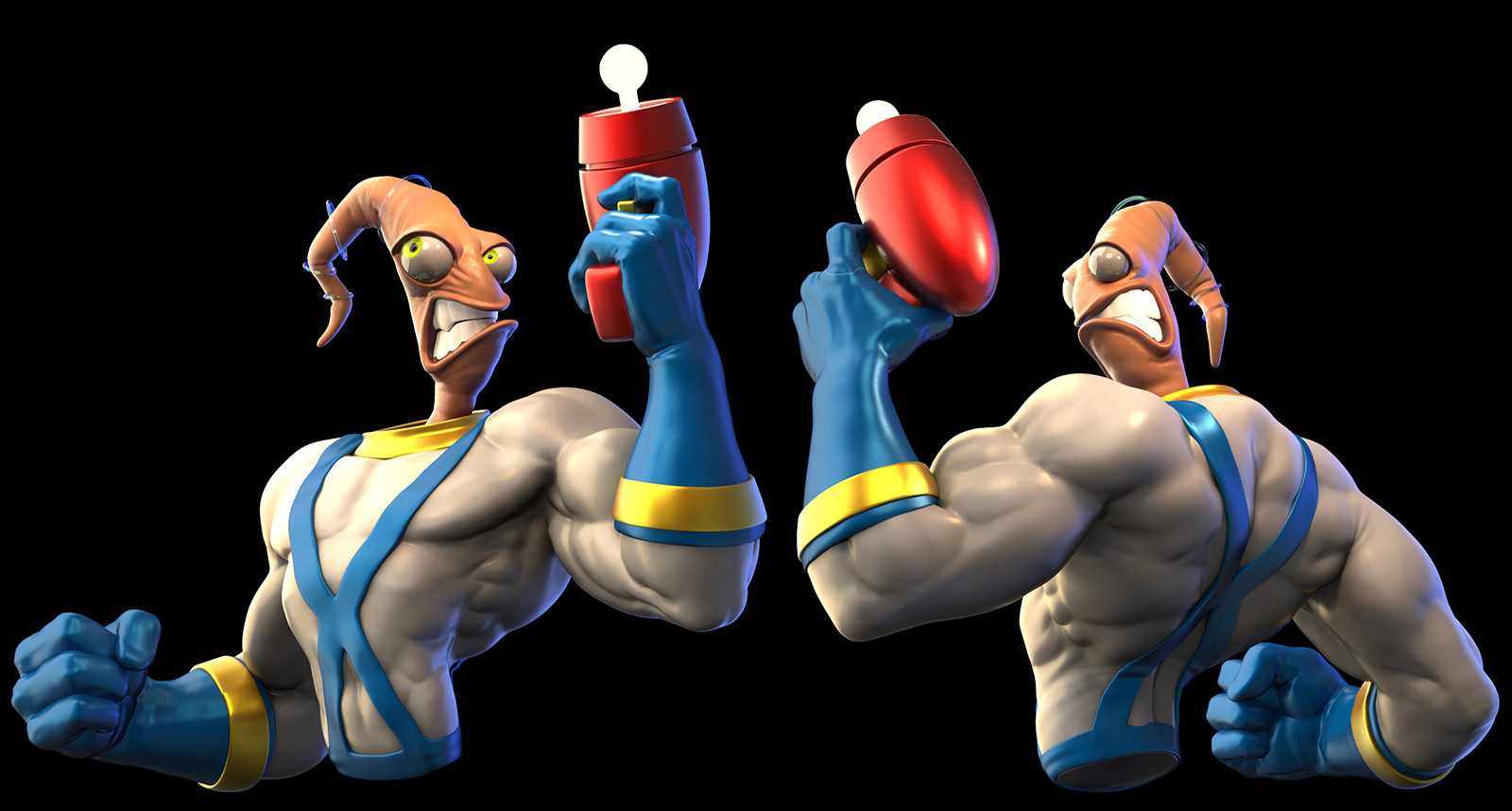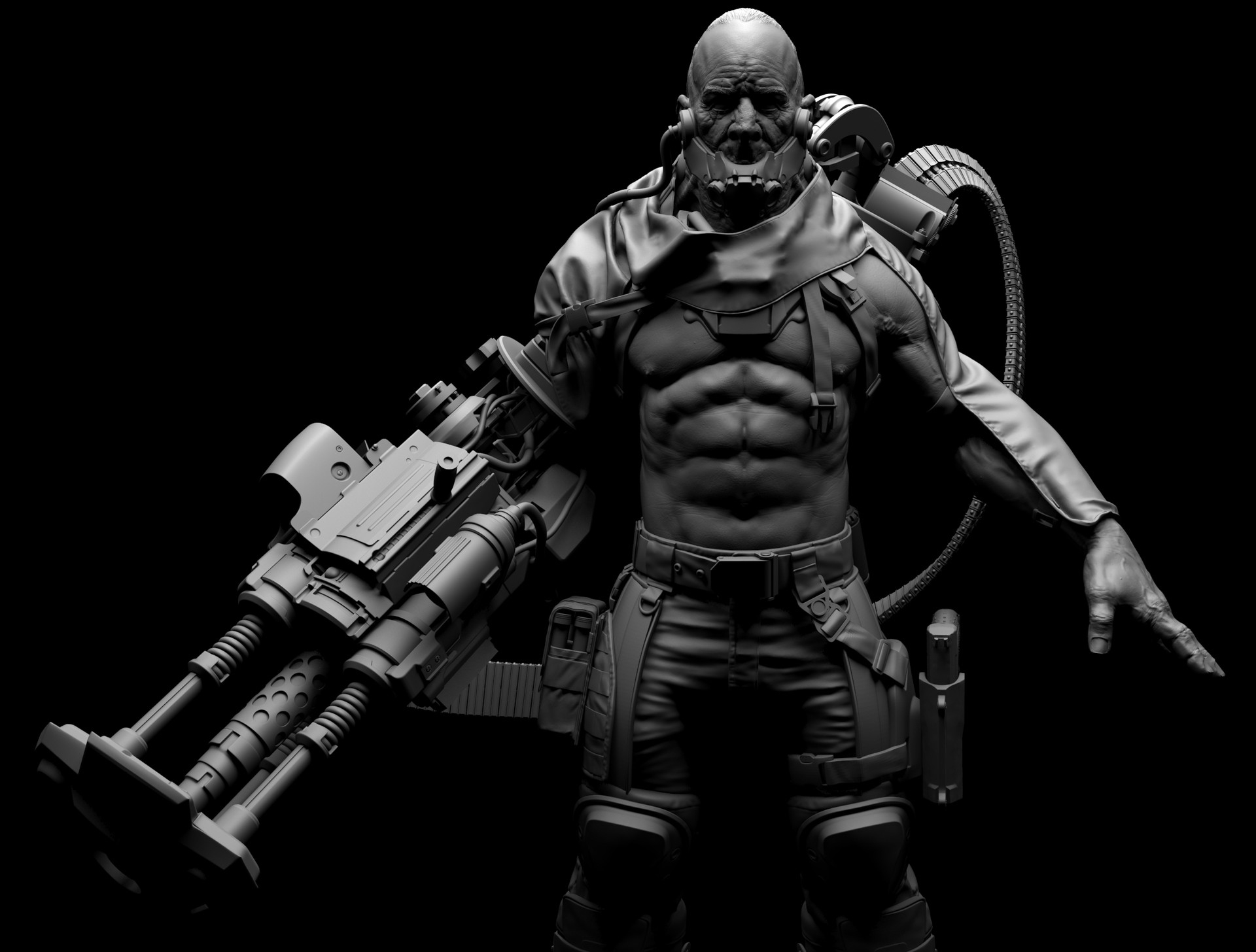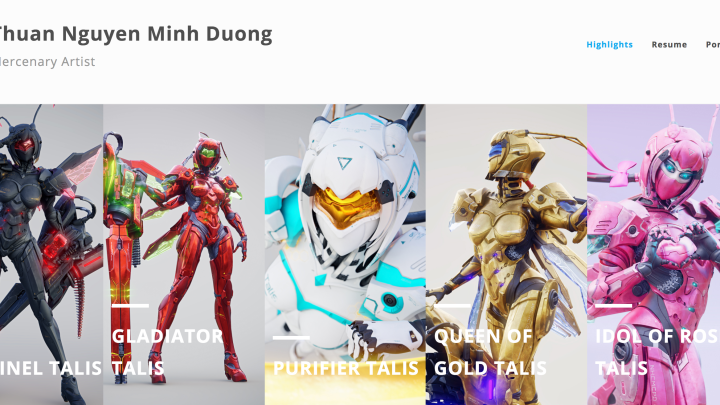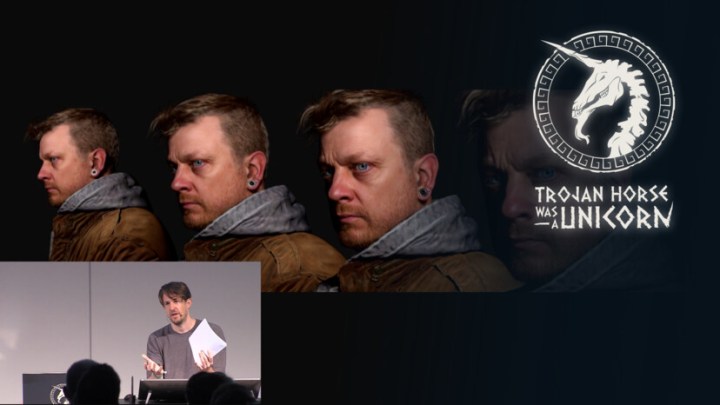Intro to ZBrush with Michael Pavlovich
On ArtStation Learning‘s Intro to ZBrush Series, Michael Pavlovich gives a comprehensive overview of the tools and interfaces to get anyone up and running with ZBrush. His 12 courses cover:
2 – Subtools, Gizmo, and Strokes
10 – Organic Zremesh and Surface Noise
 Michael Pavlovich graduated from Ringling College of Art and Design in 2005 with a Bachelor of Fine Arts in Computer Animation. He started at Electronic Arts creating environment art on Madden and NCAA Football, then brought comic books characters to life in DC Universe Online at Daybreak Games. Currently, Michael is the Director of Character, Weapon, and Vehicle Art at Certain Affinity in Austin, TX, specializing in 3D concept art pipelines for video game franchises including Halo, Call of Duty and DOOM.
Michael Pavlovich graduated from Ringling College of Art and Design in 2005 with a Bachelor of Fine Arts in Computer Animation. He started at Electronic Arts creating environment art on Madden and NCAA Football, then brought comic books characters to life in DC Universe Online at Daybreak Games. Currently, Michael is the Director of Character, Weapon, and Vehicle Art at Certain Affinity in Austin, TX, specializing in 3D concept art pipelines for video game franchises including Halo, Call of Duty and DOOM.
On ArtStation Learning:
“Having this type of knowledge and experience at your fingertips is a gold mine for anybody with the drive to not only ingest the content but also the much more difficult part – actually apply it to their creative process in a meaningful way!”
Most memorable experience:
I went to school during the dark ages of CG online learning (’99 to ’04-ish); at the time it was mostly CG magazines, outdated books, a scattering of random .pdf files on forums, and a few animated gifs. One gif that always stuck with me was watching Bay Raitt box modeling an ear, something I tracked down after failing numerous times. Watching him extrude the helix first and then fill in the rest was one of my first “oh duh” moments (instead of trying to hack away at a cube to generate a complex shape like I was attempting). Of course, that “oh duh” moment was the first of MANY to follow throughout my career. I try to have at least one “oh duh” moment a day to make sure I’m still progressing!
Behind the course:
In ZBrush, I’m still constantly learning about new functionality previously unknown to me and watching other people’s workflows and techniques stringing that functionality together in interesting and exciting ways. That’d be why I’d say ZBrush is a helpful skill to learn. It’s never defined or confined by what’s considered “proper” ways to create.
Often times, instead of trying to make a better shovel, they’d ask if doing all this shovel work was necessary in the first place. Breaking down the barrier to entry to creative expression, thinking way outside the box, and creating solutions and workflow possibilities that may not be realized for years after release are the reasons why I always keep ZBrush as part of my creative arsenal!
1 sentence of advice:
From experience and as something I still struggle with – workflow and technique will allow you to be a more efficient artist but not a more effective artist. Don’t skimp on the fundamentals of successful design!
What you need to prepare:
Not much. But, an open mind and an interest in creative problem solving will be far more valuable in the long-term than just learning the techniques shown. Stringing together techniques into fun, elegant solutions and making complex problems into something entertaining to tackle is the ultimate goal!
ArtStation Learning courses are included in all ArtStation premium subscriptions. Find out more >
See more of Michael’s work here.
